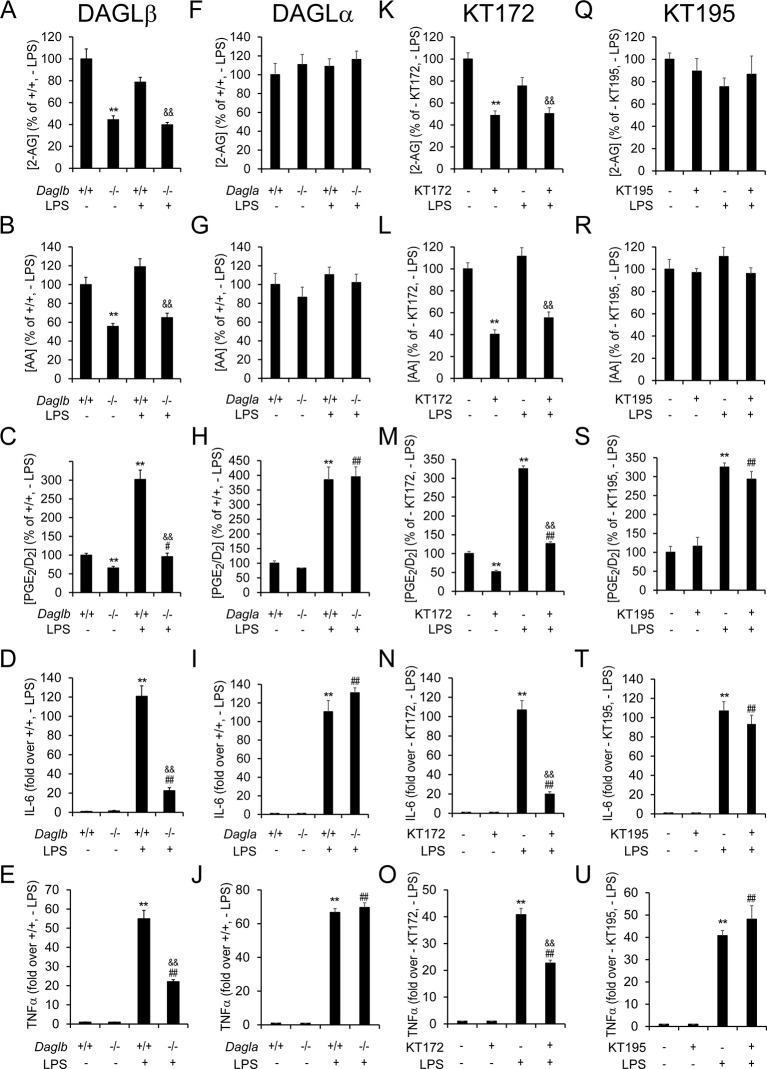Figure 4. Genetic or pharmacologic inactivation of DAGLβ impairs LPS-induced eCB-eicosanoid crosstalk and cytokine production in microglia.
(A–C, F–H, K–M, Q–S) 2-AG, AA, and PGE2/D2 content basally and following exposure to LPS (100 ng/mL for 4 hr) in Daglb–/– (A-C), Dagla–/– (F–H) and corresponding wild-type microglia, or in wild-type microglia treated with the DAGL inhibitor-treated KT172 (500 nM, 3 hr prior to LPS; K–M) or an inactive control compound (KT195, 500 nM, 3 hr prior to LPS; Q–S). Data represent average values ± SEM; N = 5 per genotype and treatment. (D,E,I,J,N,O,T,U) Cytokine production basally and following exposure to LPS (100 ng/mL for 4 hr) as measured by ELISA in Daglb–/– (D,E), Dagla–/– (I,J) and corresponding wild-type microglia, or in wild-type microglia treated with KT172 (500 nM, 3 hr prior to LPS; N, O) or a KT195 (500 nM, 3 hr prior to LPS; T, U). Data represent average values ± SEM; N = 5 per genotype and treatment. For A–U, **p < 0.01 for Daglb–/– or KT172-treated wild-type microglia or LPS-treated Daglb+/+, Dagla+/+, and wild-type microglia groups vs corresponding vehicle-treated wild-type microglia groups; #p < 0.05 and ##p < 0.01 for LPS-treated Dagl–/– or inhibitor (KT172 or KT195)-treated groups vs corresponding vehicle-treated Dagl–/– or inhibitor (KT172 or KT195)-treated groups; &&p < 0.01 for LPS-treated Daglb–/– or LPS-treated, KT172-treated groups vs corresponding LPS-treated Daglb+/+ or LPS-treated, vehicle-treated groups.

